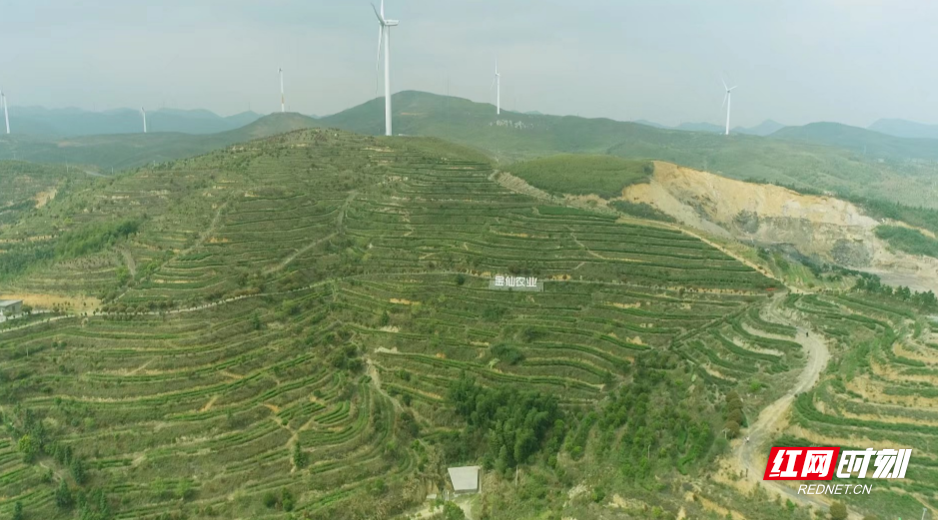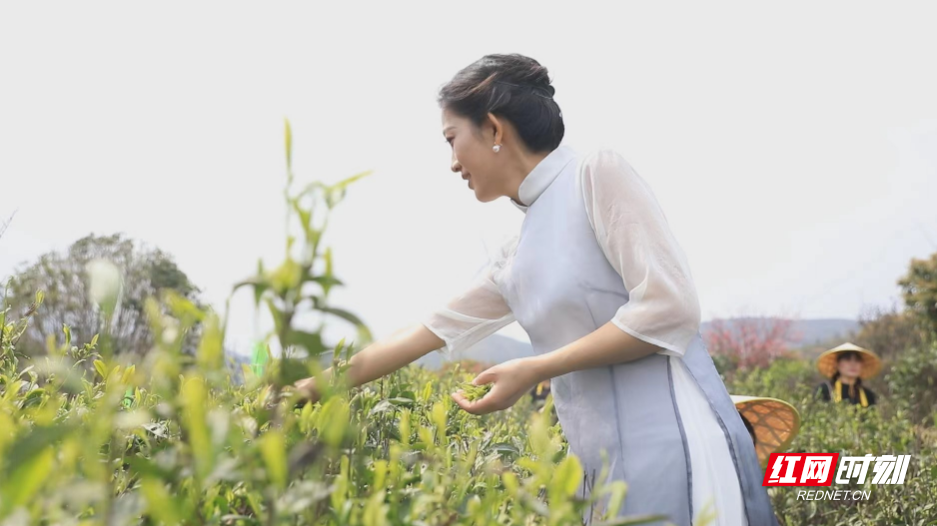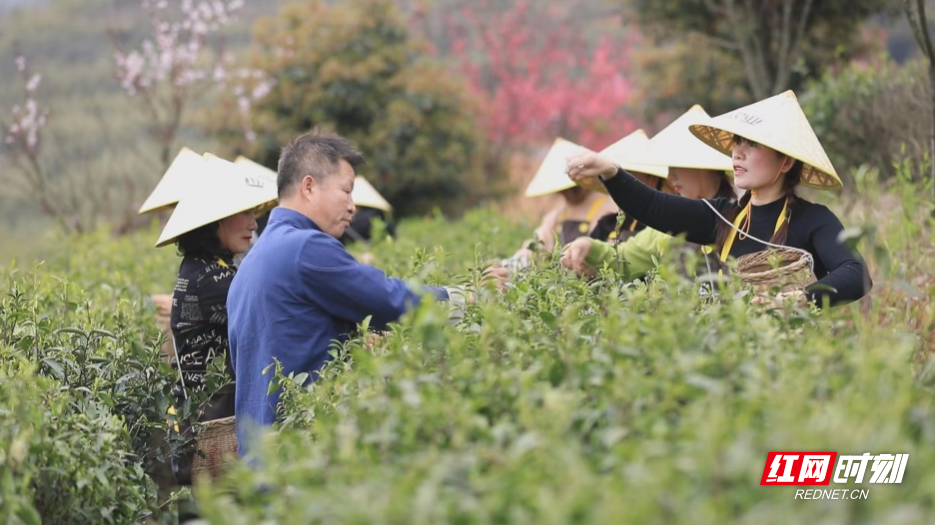Coal mines turned into green tea farms
2023-03-22
During the spring equinox season, the 1,200 mu (80 hectares) tea garden in Heye Town, Guiyang County ushered in a new tea picking season. Tea farmers went to the tea mountains to pick spring tea leaves. Tourists picked tea while enjoying the scenery, tasting the first sip of fresh tea in spring.

Walking into the Jinxian Tea Garden in Gantang Village, Heye Town, you can see rows of well-arranged tea trees swaying in the breeze, and rows of tea leaves showing lush green with tender and succulent buds.
There are colorful activities such as tea picking, tea making, tea tree planting, and tea culture performances. An endless stream of tourists visits to experience tea picking and making, and enjoy the tranquility and freshness of gorgeous vernal scenery. Tea farmers fill bamboo baskets with the green tea leaves, brimming with the joy of harvest.
Heye Town was once known for its coal mines, which brought rich income to the villagers, but caused damage to the ecological environment.

In 2012, Heye Town explored a new development path of tea, culture and tourism integration, adopting the model of “company plus base plus farmer”, planting over 1,200 mu (80 hectares) of alpine ecological tea, allowing villagers who rely on coal mines to make a living to plant tea trees.
Nowadays, there are three seasons of tea in the ecological tea garden: spring, summer, and autumn. The annual output of tea is more than 7 tons, with an output value of nearly 10 million yuan.

The integrated development of “agriculture plus culture plus tourism” through tea has driven the employment and income increase of more than 100 local villagers. The town has achieved a magnificent transformation of coal mountain to tea mountain, miner to tea farmer, and tea township to scenic spot.




